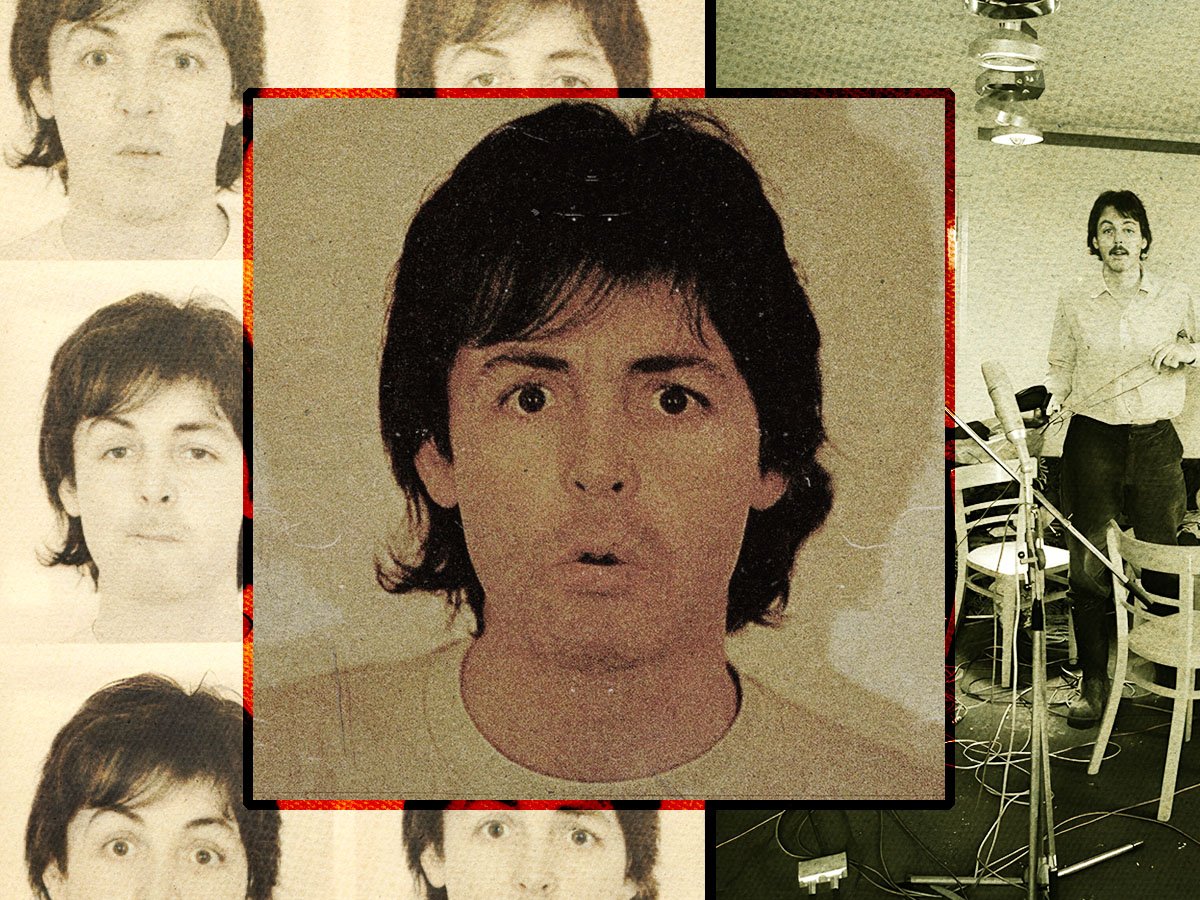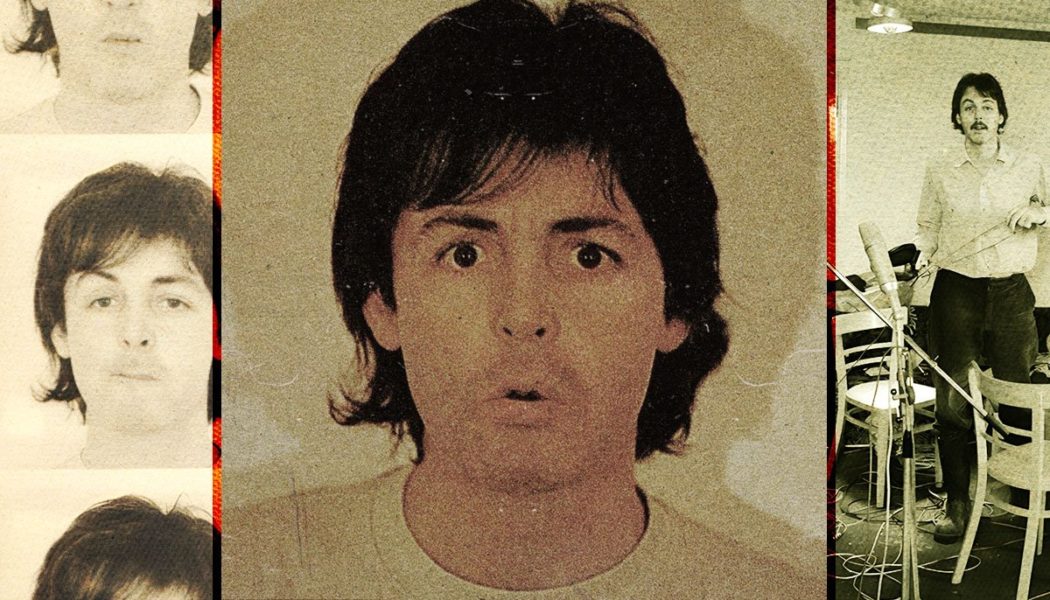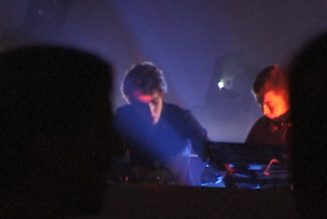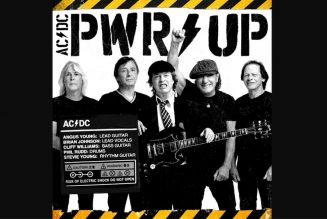
Everyone likes to paint their favourite artists with a bit of a broad brush from time to time. Even if some musicians took a while before establishing themselves as legends in the game, it has now become commonplace for their fans to retroactively label everything they’ve done as fantastic, even before a chance to argue the contrary becomes available. While it’s easy to call out classics for what they are, just as many lowlights by Fleetwood Mac and Rush should be on par with the legendary material.
Even though a handful of the albums on this list got their just praise after the fact, the reception at the time was ice cold. Coming from the same bands responsible for the music that built rock and roll, these were either treated as a lower entry in their catalogue or got lost in the shuffle entirely upon release.
Then again, some of the records didn’t even have a fair shot upon release. Regardless of how good they would become, certain LPs were torn apart by the critics, that is until the rest of the fanbase came around and started seeing the project as something that deserved the same praise as other masterworks.
Are all of the records on par with the classics that they’ve put out? Not necessarily. What they lack in traditional hooks, though, they make up for with some of the most inventive songwriting rock has to offer. They might require a bit more patience, but the more time listeners spend with the songs, the better they will appreciate them.
10 underrated albums by music giants:
De Stijl – The White Stripes
At the start of the 2000s, The White Stripes had helped point the way forward after grunge. Although other bands were more likely to be mining the riffs that Kurt Cobain never got to write, Jack White was happy to kick back with Meg and play some of the wildest blues-rock he could think of. While the band’s debut may have been primitive from the start, De Stijl is where they start to get a little more dynamic.
Well before the days of hits like ‘Fell In Love With a Girl’, Jack starts to expand as a songwriter on this album, playing songs that feel indebted to folk, country, and blues, depending on which song he’s playing. Outside of the classic ‘Hello Operator’, the greatest tracks from the record come from White going outside his usual comfort zone, like on ‘Truth Doesn’t Make a Noise’ or ‘Death Letter’.
Even though most of the tunes were recorded out of a makeshift studio that Jack was working on in his room, the guitars sound as though they are leaping out of the speakers, all while Meg creates an array of chaos in the background. The duo had a long way to go before making some of their masterpieces, but De Stijl is proof of the potential that was bound to explode once they moved out of the garage.
Era Vulgaris – Queens of the Stone Age
Every new Queens of the Stone Age record feels like its own mini-event. Outside of Josh Homme’s fantastic gift for song crafting, the number of guest stars he employs on every record helps build an eclectic mix of influences on each song. Even with a strong lineup of tunes, Era Vulgaris tends to be lost in the lurch a bit too much.
While not as conceptual as Songs for the Deaf or as reflective as …Like Clockwork, QOTSA’s fourth outing is one of their most unhinged, as Homme returns to his stoner roots. Making what he took to calling “robot rock”, half of the album features guitars that serve as mini machines, like the horrorfest of ‘Sick Sick Sick’ or the brooding start/stop demeanour of ‘Turnin on the Screw’.
Even for the casual QOTSA fan, Homme finds a home for some of their greatest singles, like the Elvis Presley pastiche ‘Make It With Chu’ or ‘3’s and 7’s’ sounding like a shovel to the face with those aggressive guitars. Homme may have been getting back into old tricks, but if this is what middle-of-the-road QOTSA sounds like, fans will still be swimming in the depths of the California desert.
Room On Fire – The Strokes
There was no fan of rock music in the early 2000s that didn’t follow The Strokes. Storming out of New York with their jaw-dropping debut Is This It, the jaded vocals of Julian Casablancas combined with a shoddy ear for production made for an album that felt like 1971 was happening all over again. The Strokes had reached the top of the world without even trying, so what the hell were they going to do next?
While Room on Fire does tend to paint The Strokes as one-trick ponies, their sophomore effort was all about capitalising on that slightly hedonistic energy from their debut. Rather than make ‘Hard to Explain’ ten more times, a lot of the songs showcase a different side of their songwriting prowess, including the first use of synthesised effects on songs like ‘12:51’.
Casablancas also steps up his game as a lyricist on the record, giving vivid images of a man living in the backdrop of the New York City club scene with a tinge of regret as to what life choices brought him there. Even if it has to stand next to its cool older brother, Room on Fire is the musical equivalent of a wild night in The Big Apple, where you’re more than likely to find the love of your life, get into a car crash, or possibly both.
George Harrison – George Harrison
During the mid-70s, the rock scene that George Harrison rose to prominence in had started to dissipate. Although he started the decade strong with All Things Must Pass, albums like Dark Horse led to a few disappointed reactions from fans, not wanting to hear their favourite artist air his dirty laundry. At a time when punk, new wave, and heavy metal reigned supreme, Harrison got back to his roots with one of the sunniest records of his career.
Although the word ‘upbeat’ doesn’t belong in the same sentence as Harrison’s self-titled record, it’s home to some of his most serene cuts. Featuring a few holdovers and callbacks to his Beatles years, songs like ‘Blow Away’ and ‘Not Guilty’ have a breezy atmosphere that immediately has the listener smiling as soon as they hit the first track on the vinyl.
Aside from Harrison’s way with melody, his backing band features some of the best musicians around as well, with Willie Weeks delivering a master class in bass performance on ‘Love Comes to Everyone’. While the rest of the rock scene was spent rebelling against authority and shouting about the horrors of the world, Harrison was content with giving the music world the equivalent of a warm hug.
Medúlla – Björk
From day one, most people knew that Björk was never going to make the same album twice. As much as albums like Post or Homogenic may have fit into a certain aesthetic for the time, it was as if Björk wanted to put the listener in a certain world every time she stepped up to the microphone. After conquering traditional musical techniques, Medúlla was where the Icelandic legend stripped things back and got raw.
Because this record is the polar opposite of what’s commonly put on the charts. Consisting almost entirely of acapella vocal arrangements, Björk brings in a huge amount of personnel for the project, featuring alt-rock veterans like Mike Patton of Faith No More and other artists credited with accolades like “human trombone”.
After some adjustment to the sound of the record, though, songs like ‘Who Is It’ capture the space Björk is going for, feeling slightly ominous but with a certain sensuality because of just how exposed her voice is. Although Medúlla is far from the first taste most should hear of Björk, her refusal to be confined to traditional songwriting makes for an album that goes more potent with every listen.
Young Americans – David Bowie
During the ‘70s, David Bowie made classic albums faster than most people could dissolve them. There was no time to focus on the massive everglow of something like Ziggy Stardust when Bowie was halfway to making history on future projects like Aladdin Sane. Right before he stripped things down for his krautrock phase, Young Americans falls into a strange zone just below a classic.
Working as a genre pastiche of Philadelphia soul, Bowie wears his influences like a second skin, bringing in artists like a young Luther Vandross to get a soulful sound. Although there are traces of soul across every track, it’s almost like listening to Bowie try on his Frank Sinatra impression on some tunes, especially when he goes for a more suave tone on the title track and ‘Somebody Up There Likes Me’.
And while there’s no disputing that the song ‘Fame’ would become a hit with a killer chorus collaboration with John Lennon, the feeling behind the track almost serves as a preview of where Bowie would be going next. Even after conquering the world of glam rock, Young Americans was a sure sign that the past few years were, but one musical pit stop for ‘The Starman’.
There is Nothing Left to Lose – Foo Fighters
In the beginning stages of their career, Foo Fighters had to go through some of the hardest parts of a band’s development in public. During the making and subsequent tour for The Colour and the Shape, members were getting fired, quitting, and joining at a Spinal Tap-esque level, with only Dave Grohl and bassist Nate Mendel surviving to the end. By the time they had everything paired down to a trio, it was time for everyone to take a break from all the drama.
Moving out to Grohl’s house in Virginia, There is Nothing Left to Lose was the result of the band making music for the hell of it. Playing into the homespun feel, every song on the record feels more reflective of where the band have come, from the mellow side of ‘Next Year’ to the pure joy that comes out of the opening guitar riff to ‘Generator’.
Grohl would even look back on the album as one of his favourites, thinking it captured a moment in time that was much happier than the band had to endure. It took a long time for Foo Fighters to get here, but after going through the rock and roll circus, music finally started to feel fun again.
Grace Under Pressure – Rush
There are normally two schools of thought when talking about the synth period of Rush: either it’s a bold reinvention or the death of the band. Although the Canadian trio were known to push the boundaries of rock in the ‘70s, the addition of electronic elements started to drive a wedge between rock and roll and traditional prog music for much of their fanbase. Even if the songs weren’t as heavy as before, Grace Under Pressure is still one of the best things they’ve ever done.
Having fully committed to the synths, most of the record is an array of different musical arrangements, including some of the greatest textures they have ever created on songs like ‘Distant Early Warning’. While the band may have taken some more contemporary styles on, their heart was still in the right place when it came time to write lyrics.
Being one of the more emotional Rush projects, Neil Peart unpacks a lot of emotions throughout every song, from dealing with the loss of a good friend during ‘Afterimage’ to memorialising all of the Jewish people that passed away in concentration camps on ‘Red Sector A’. The crunchy guitar riffs might have been more muted this time, but none of these songs needs a pummeling riff to make the listener feel something.
Tango in the Night – Fleetwood Mac
Around the ‘80s, most fans needed a carefully constructed chart to figure out what Fleetwood Mac was about. Towards the end of the ‘70s, their massive success also coupled with the band members seeking out solo projects, coming together to make a Mac project whenever the schedules worked. While there’s definitely an ‘80s sheen coming off Tango in the Night, this might be one of their most tuneful records since Rumours.
Despite the ongoing tensions that plagued most Fleetwood Mac records, each member comes through with some of the strongest songs they have ever made, with Lindsey Buckingham teaching a clinic in guitar acrobatics on ‘Big Love’. Outside of their technical prowess, Stevie Nicks’ songs cut right to the bone, as she talks about her own destiny in ‘Seven Wonders’ and brings a more reflective tone to ‘Welcome to the Room…Sara’.
As always, the real star of the show is Christine McVie, capturing some of the most heartbreaking love stories of the decade on songs like ‘Everywhere’. Each band member could have decided to hang it up and do their own solo projects, but when everyone gets their own vocal spot on ‘Little Lies’, it’s easy to see why they work better together than apart.
McCartney II – Paul McCartney
By the start of the ‘80s, it was safe to assume that Wings was officially dead. After another decade as one of the biggest stars in the world, Paul McCartney decided to dissolve his second band after serving his time in Japan for possession of marijuana. While Macca came out of incarceration inspired, it was time to get back to where he once belonged.
Much like his debut album McCartney, McCartney II consists mainly of McCartney playing every instrument on the album, with some assistance from Linda now and again. Instead of the rustic sounds of his debut, McCartney jumps into the world of new wave, making songs with various sequencers to create a disorienting feeling on ‘Temporary Secretary’ or a Talking Heads-type groove on ‘Coming Up’.
Although Macca still had the chops to make a perfect pop album, his muse led him to more ambient pieces, like the sublime touch of synth strings on ‘Waterfalls’ or the entire back half of the project where he channels David Bowie’s Low by throwing various instrumentals into the mix. Despite years of being called one of the most pop-friendly Beatles, McCartney II is proof that he can still make something off the wall when he wants to.









